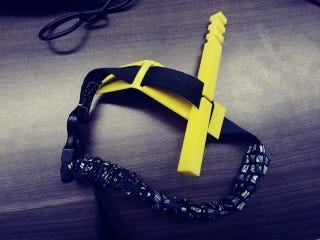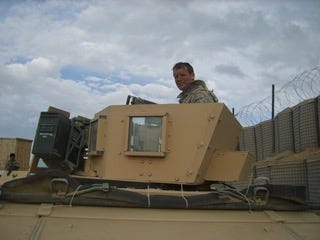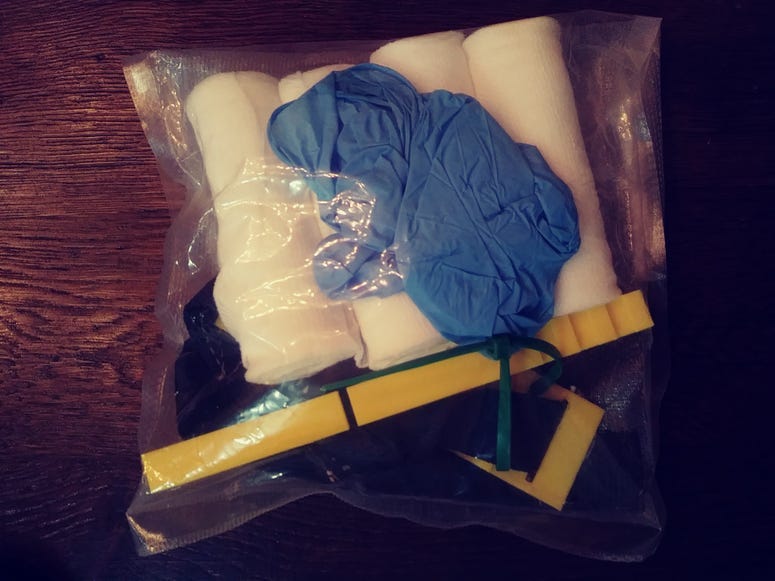
Chicago resident, Andrew Webber, witnessed the aftermath of the shooting from his car.
“I was on my way to pick up my daughter from daycare. From the window of my car, I could see a young kid lying on the ground, surrounded by eight or nine people. I felt terrible for the people standing around. Their body language is what struck me the most as they stared at the body lying on the ground,” Webber said.
In that moment, Webber, a combat veteran of Iraq and Afghanistan, realized he might be able to help.

The first quarter of 2019 has shown a steady decline in Chicago’s record homicide rate and Chicago Police Department (CPD) is crediting increased staffing, new technology and community support efforts. But despite the decline, the dismal fact remains that for the past three years, Chicago has recorded the highest number of homicides of any major city in the country, according to Federal Bureau of Investigation (FBI) statistics.
But Webber, 36, who is a third-year doctoral candidate at Northwestern University’s Pritzker School of Law, realized that shootings like the one he witnessed might not be deadly if the trauma were addressed immediately.
Webber, a graduate of the United States Military Academy at West Point, conducted his own investigation into reactive response to gunshot trauma. He discovered that although there is trauma training and equipment that might save more lives, the cost is too expensive and the training is too technical.
So, based on his combat experience, Webber created a cheaper and simpler alternative: a first aid kit.

In collaboration with Dr. Mamta Swaroop, Associate Professor of the Surgery Division of Trauma and Critical Care at Northwestern University’s Feinberg School of Medicine, Webber designed a first aid that simply contains a tourniquet and gauze bandages. He uses a 3-D printer to manufacture prototypes of the tourniquet, which allows him to not only make effective prototypes but also make as needed adjustments.
The Chicago Police Department (CPD) is currently training its officers in medical response to trauma, but their combat application tourniquet (CAT) can cost from $25-$50 for a one-time use item.
Webber believes that his kit could be mass-produced for just $1.
Webber’s tourniquet is currently patent pending.
“The design of the tourniquet, the manufacturing process, and how each piece functions are what make it unique,” said Webber.
While working with trauma doctors at Northwestern Memorial Hospital, Webber’s tourniquet performed slightly better than the CAT tourniquets during testing.
“Twenty-seven makeshift tourniquets were used after the Boston Marathon Bombing incident. There were zero mortalities in those that had tourniquets,” said Swaroop, referring to the effectivity of tourniquets that would come standard in Webber's kits.
Brian Bardsley, a 14-year police officer with CPD, says although he couldn’t speak on behalf of the CPD, the distribution of trauma kits would serve a dual purpose.
“Police strongly encourage teaching and training of medical response in community gathering spaces. These are successful methods to build relations and build trust within the community that we protect.”
Webber plans on putting his product into production after patent approval. In the meantime, Webber teaches trauma response classes at community centers and schools in Chicago.
“Enabling people to deal with the results of gun violence will empower the community. This creates more positive incentives for folks to then talk about gun control or gun violence prevention,” said Webber.
